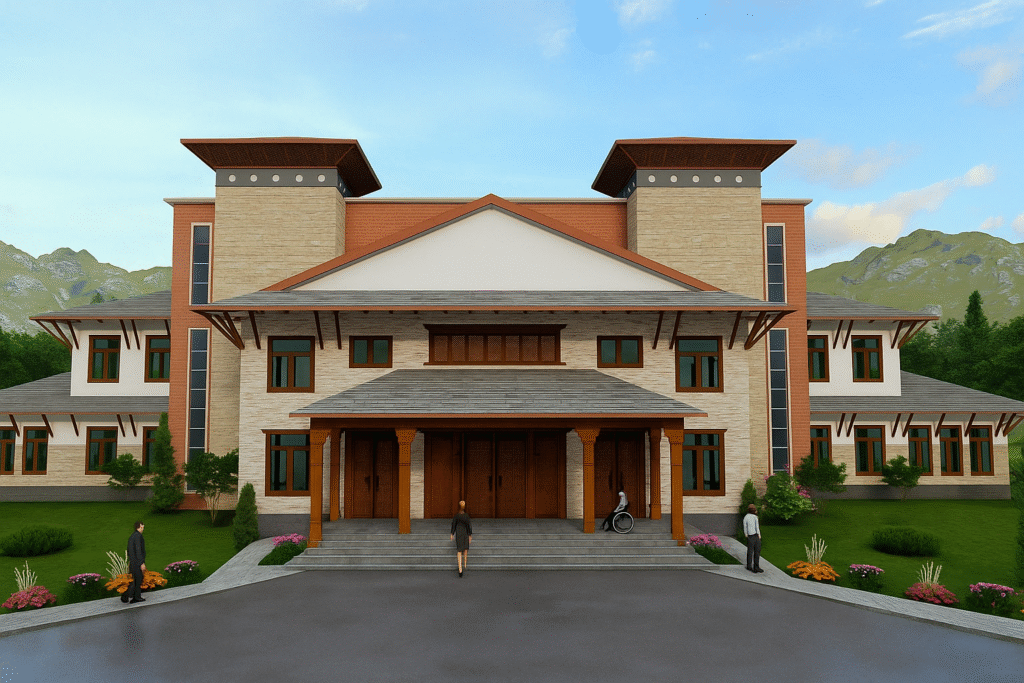


Sujan is the Founder and Executive Director of Pokhara Research Centre who additionally leads the Programs and, Communications & Outreach Departments . Sujan has designed and implemented several research, educational and advocacy programs in areas of entrepreneurship, economic policy reform, and democratic governance. His research expertise is primarily focused on sub-national governance affairs specifically on structure of the government and method of conflict resolution. He holds a Masters in Economics from Tribhuvan University.